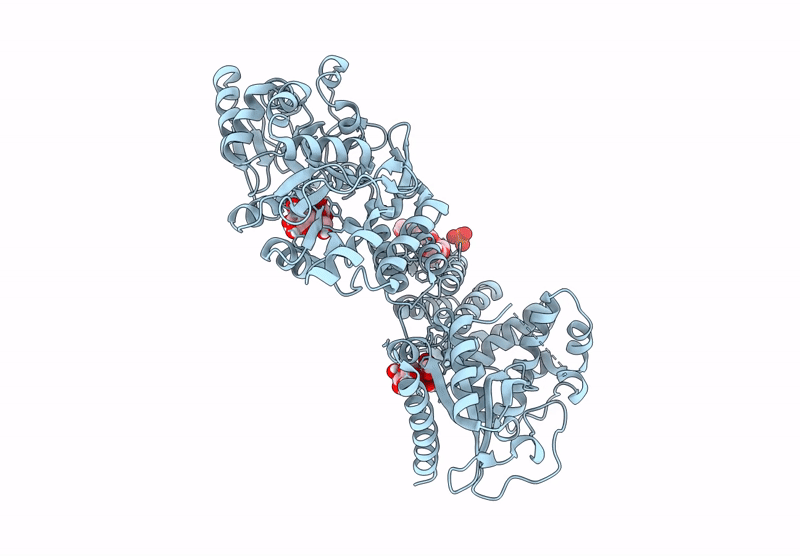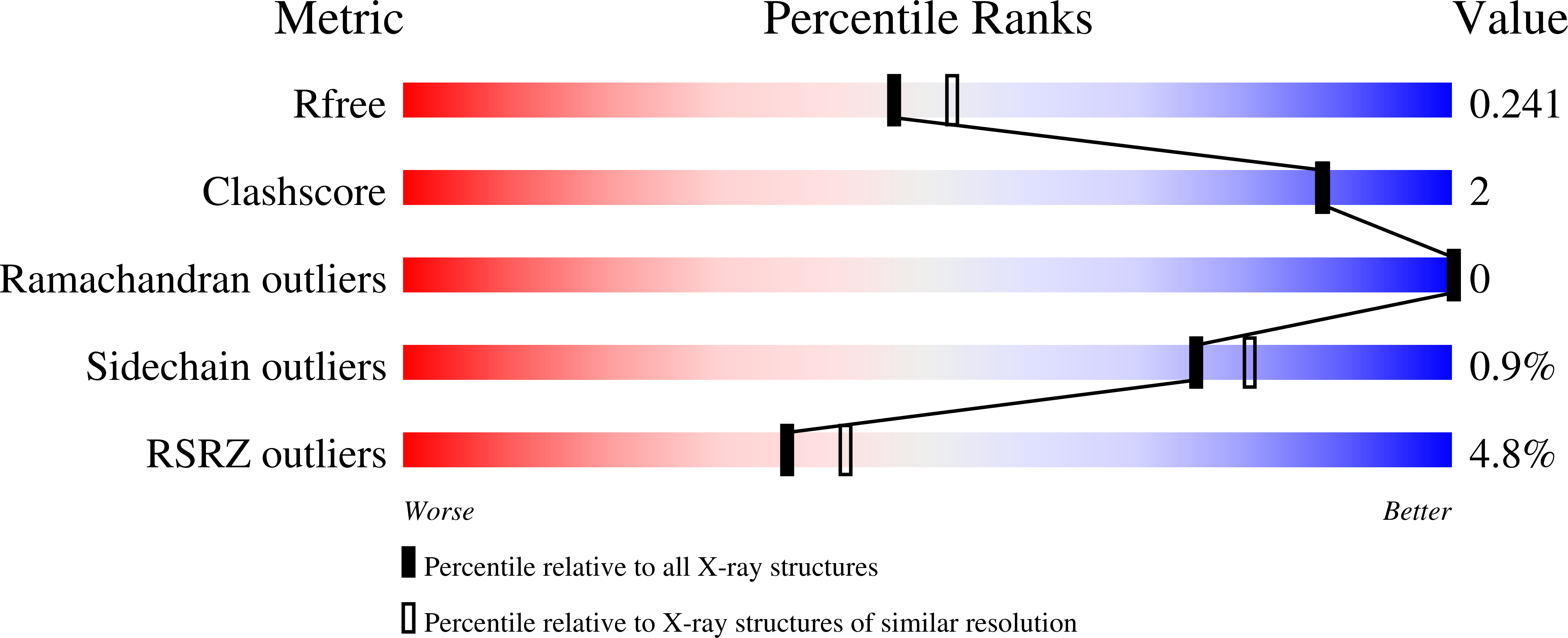
Deposition Date
2024-08-07
Release Date
2025-01-15
Last Version Date
2025-03-19
Entry Detail
PDB ID:
9GEK
Keywords:
Title:
Structure of the FAST1-FAST2-RAP module from human FASTKD4 by carrier-driven crystallisation with maltose binding protein from E. coli.
Biological Source:
Source Organism:
Homo sapiens (Taxon ID: 9606)
Host Organism:
Method Details:
Experimental Method:
Resolution:
2.15 Å
R-Value Free:
0.24
R-Value Work:
0.20
R-Value Observed:
0.20
Space Group:
P 2 21 21


